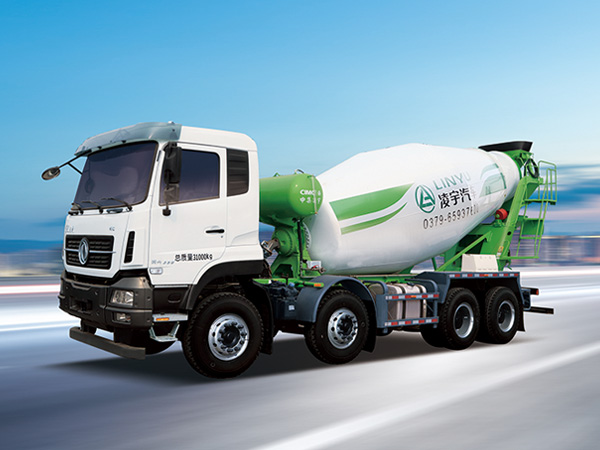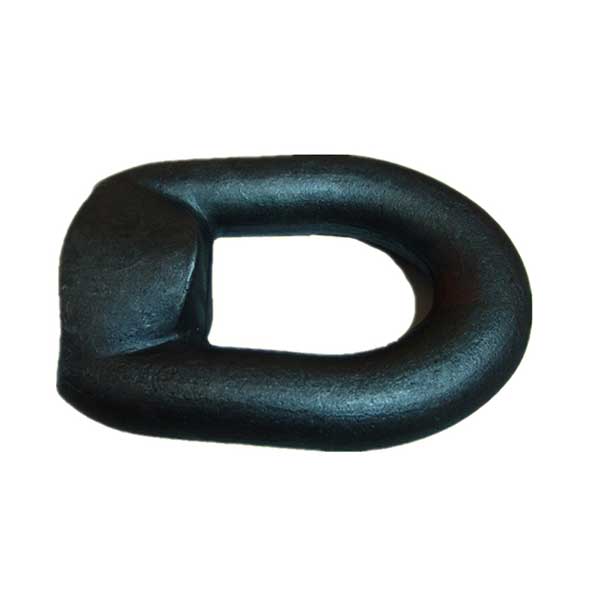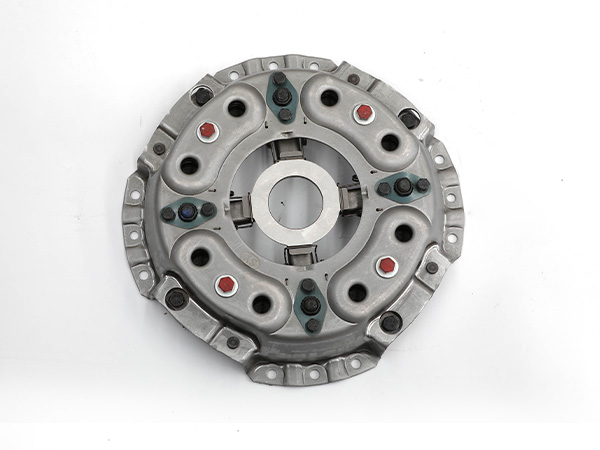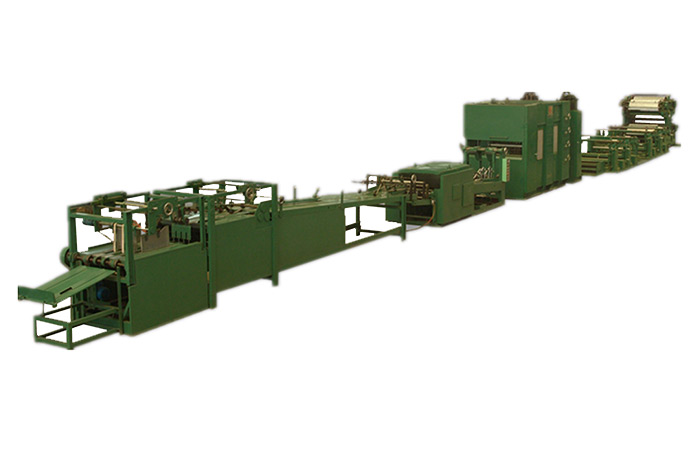https://www.ls-casting-mold.com/wp-content/uploads/2023/03/plate-conveyor-已有.jpg
400
600
lsmojv
http://www.ls-casting-mold.com/wp-content/uploads/2018/12/lslogo-300x138.png
lsmojv2023-03-15 13:52:022023-03-15 13:52:02What are the types of conveyors
https://www.ls-casting-mold.com/wp-content/uploads/2022/02/Concrete-mixer-truck(1)-e1645164067497.jpg
378
600
lsmojv
http://www.ls-casting-mold.com/wp-content/uploads/2018/12/lslogo-300x138.png
lsmojv2023-03-09 11:30:462023-03-09 11:30:46How to calculate the capacity of concrete mixer truck
https://www.ls-casting-mold.com/wp-content/uploads/2022/08/forging-process.jpg
600
600
lsmojv
http://www.ls-casting-mold.com/wp-content/uploads/2018/12/lslogo-300x138.png
lsmojv2023-03-09 11:16:362023-03-09 11:16:36WHAT IS THE PRODUCTION PROCESS OF RING FORGINGS
https://www.ls-casting-mold.com/wp-content/uploads/2022/05/PU20.02602.jpg
700
700
lsmojv
http://www.ls-casting-mold.com/wp-content/uploads/2018/12/lslogo-300x138.png
lsmojv2023-03-09 10:53:492023-03-09 10:53:49Which industries are cross roller bearings used in?
https://www.ls-casting-mold.com/wp-content/uploads/2022/06/IMG_6351.jpg
400
600
lsmojv
http://www.ls-casting-mold.com/wp-content/uploads/2018/12/lslogo-300x138.png
lsmojv2023-03-09 10:30:072023-03-09 10:30:07Why do you need to replace the excavator slewing bearing and how to replace it
https://www.ls-casting-mold.com/wp-content/uploads/2022/02/954-e1645597921663.jpg
400
600
lsmojv
http://www.ls-casting-mold.com/wp-content/uploads/2018/12/lslogo-300x138.png
lsmojv2023-03-09 10:18:092023-03-09 10:18:09How to choose a tractor clutch supplier
https://www.ls-casting-mold.com/wp-content/uploads/2022/02/12-e1645582658515.jpg
600
600
lsmojv
http://www.ls-casting-mold.com/wp-content/uploads/2018/12/lslogo-300x138.png
lsmojv2023-03-08 13:53:362023-03-08 13:53:36What are the characteristics of the grow racks with lights?
https://www.ls-casting-mold.com/wp-content/uploads/2022/02/糊底机全图-e1644893738778.jpg
600
600
lsmojv
http://www.ls-casting-mold.com/wp-content/uploads/2018/12/lslogo-300x138.png
lsmojv2023-03-08 10:52:232023-03-08 10:52:23What is the process of making paper tubes
https://www.ls-casting-mold.com/wp-content/uploads/2022/03/calcium-hydroxide.jpg
450
600
lsmojv
http://www.ls-casting-mold.com/wp-content/uploads/2018/12/lslogo-300x138.png
lsmojv2023-03-08 10:34:352023-03-08 10:34:35HIGH SPECIFIC SURFACE CALCIUM HYDROXIDE PRODUCTION PROCESS
https://www.ls-casting-mold.com/wp-content/uploads/2022/02/Vibrating-Screen4-1.jpg
450
600
lsmojv
http://www.ls-casting-mold.com/wp-content/uploads/2018/12/lslogo-300x138.png
lsmojv2023-03-08 10:02:352023-03-08 10:02:35What are the performance advantages of a single deck horizontal screen
Scroll to top










